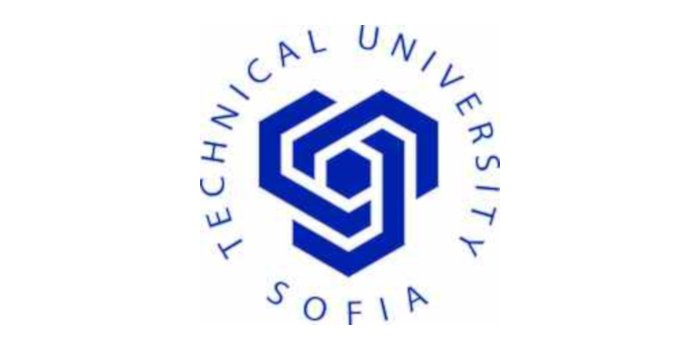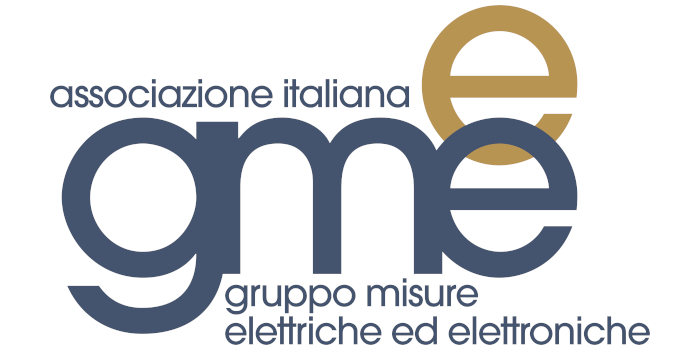Artificial Neural Networks for Signal Analysis of Electrical Time Domain Reflectometry Based Sensors
Philip Johannes Steinbild
Dresden University of Technology, Germany
ABSTRACT
Spatially distributed measurements are a challenge for sensors and sensor systems. Traditional sensors, such as metallic strain gauges or piezoelectric pressure sensors, measure only one variable at a specific point. If a one- or two-dimensional measurement is required, a large number of individual sensors or a complex and costly sensor combined with complicated and large multiplexing measuring devices are used.
Electrical Time Domain Reflectometry (ETDR) is a measurement principle for spatially resolved impedance measurements of a pair of wave carrying conductors, known as a transmission line. By specifically designing the transmission line, its impedance can be made sensitive to a variety of quantities. However, the acquired ETDR signals are difficult to interpret and translate into the desired quantities, mainly due to the sophisticated interaction between the quantity and the electromagnetic wave. Electromagnetic crosstalk, signal reflections, and the sheer volume of raw measurement data add to the signal complexity.
In several projects at the Institute of Lightweight Engineering and Polymer Technology of the Dresden University of Technology, ETDR sensors have been designed and the signals have been evaluated using artificial neural networks (ANN). The keynote gives an insight into the measurement principle of these ETDR sensors and the influence of the measured quantities and artifacts on the signal. Different types of ANN are presented and critically discussed to open the debate on the use of ANN for signal processing.
SPEAKER BIOGRAPHY
Philip Johannes Steinbild studied mechanical engineering and graduated from Dresden University of Technology in 2017. Since then, he has been developing and researching function-integrated lightweight systems. His research areas are vibration behavior of lightweight structures and composites, sensor integration in lightweight structures, and electrical properties and behavior of carbon fibers. As part of his doctoral project, he is investigating the electrical properties of carbon fiber cracks in fiber-reinforced polymers, laying the groundwork for strain sensors using this principle.




































